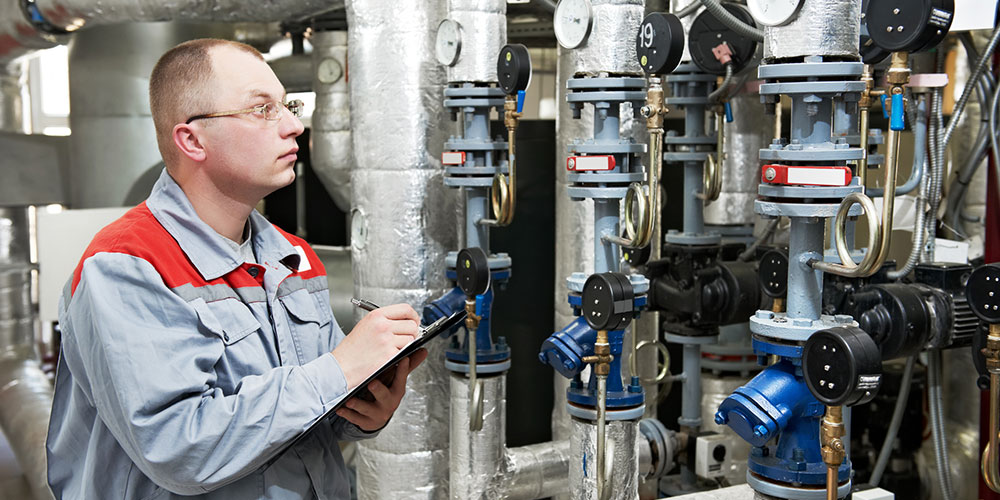industry-news
Local Efficiency Insulation Rebates
May 11, 2021

Insulating mechanical equipment provides a high return on investment, but according to the National Insulation Association, between 10% and 30% of all mechanical insulation is missing or damaged. While most types of insulation are extremely low-maintenance, inspecting your insulation regularly for damage and performing routine repairs and upkeep will not only help to maintain the energy savings that started when the insulation was new, but it will further increase your ROI by extending the life of your insulation.
There are many factors that can affect the severity of the risks associated with an improperly maintained mechanical insulation system, including the operating temperature of the system, the extent of any damage that has taken place, and the time it takes to correct any damages. These consequences could include:
The National Institute of Building Sciences provides this mechanical insulation maintenance checklist. If you notice any of the following conditions on your insulation, it’s time to perform maintenance or consult an insulation professional.
Damage to the protective jacketing
Unless the insulated area is being used as a walkway or is in an unusually damp atmosphere, most types of insulation require very little maintenance during their use. Normally, sections of pipe cover or vapor barrier will need to be replaced periodically to keep the insulation system running at peak efficiency. Normal wear and tear is to be expected in most facilities, but additional protective jacketing for the insulation and signage for personnel can help keep the system safe from harm.
If your insulation has a compromised vapor barrier or broken down fiberglass, it may be time to consider a replacement. When efficient repairs can no longer be made and the insulation is no longer optimizing your facility, a new system should be implemented.
With proper maintenance, mechanical insulation is an investment that will continue to provide high returns. Take care of your insulation, and the benefits will last for years to come.